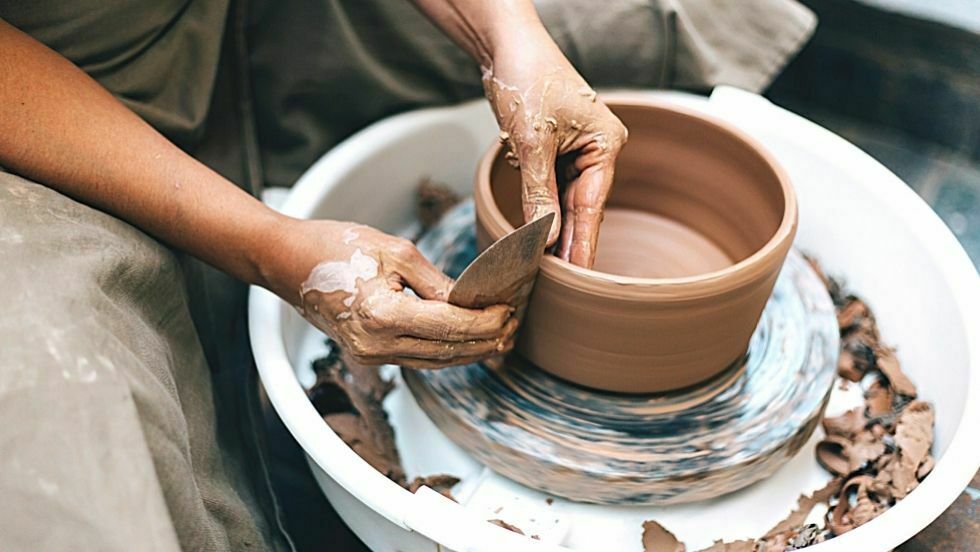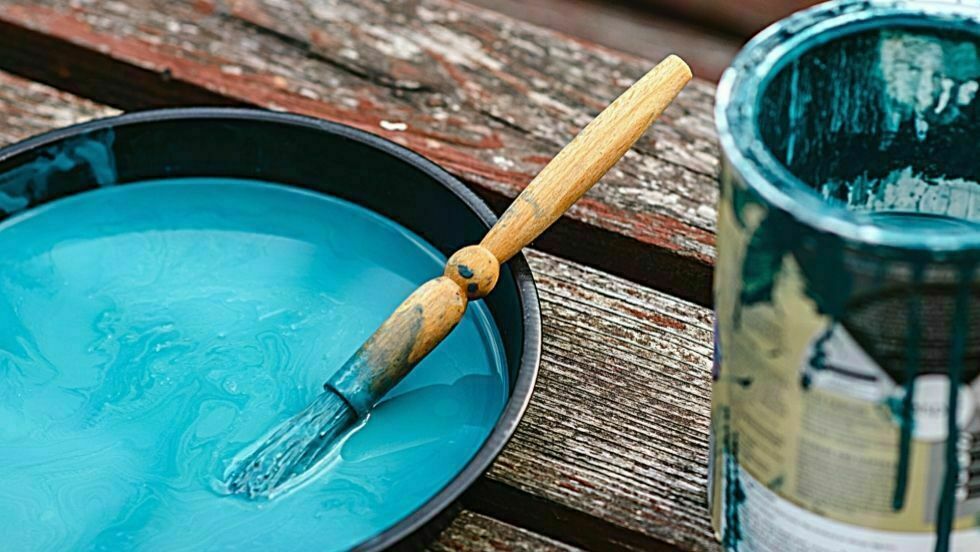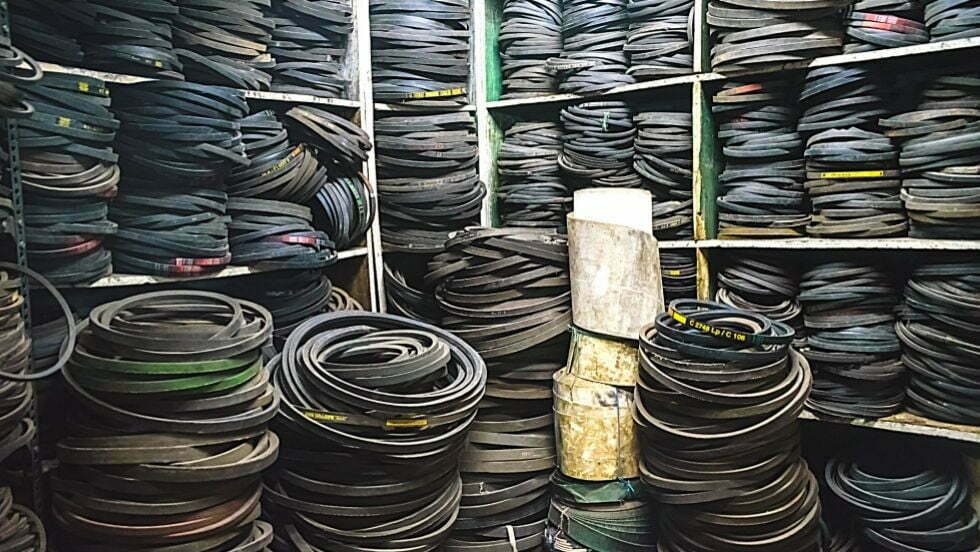First discovered in the Jiangxi Province of China, kaolin or china clay belongs to the major groups of clay minerals along with chlorites, smectites, hormites, and illites. This mineral clay is largely used for various industrial uses. In fact, examples of kaolin usage can be found easily in different types of industries, from construction to ceramic production, as well as paper and rubber manufacturers.
However, the greatest extent of kaolin is used as a filler for paint, ceramic, fertilizer, and other industrial items. Compared to other non-black fillers, the amount of kaolin filler used in such industries reaches 54 percent, which is slightly higher than its comparators.
The wide usage of kaolin for fillers is obviously within reason. In addition to providing a considerable amount of benefits, fillers made from kaolin is highly valued because of their versatility. Here you can learn more about this matter, including its definition, benefits, and applications for different industrial purposes.
What is Kaolin Filler?
Fillers refer to certain particles commonly added to resin or binders, such as plastics, concrete, or composites. The main objective of using fillers is to increase the specific properties of each segment while making the whole product more affordable by lowering the production budget. Therefore, as the name suggests, the main material of kaolin filler is kaolin—a type of clay mineral with dioctahedral aluminosilicate contents.
The filler grade is one of the most common types of kaolin that can be found widely in Indonesia. It has 30-36 percent of the distribution minus standard. In addition to this type, there are some lesser common grades available, namely kaolin coating and kaolin semi-coating grade.
The main difference between those grades lies in the particle distribution with the standard of -2 micrometer. Kaolin coating reaches the highest percentage, which is 90 percent per micrometer. It is mostly mined and processed in the US. Meanwhile, kaolin semi-coating mainly comes from China as it results in an average percentage of 60 percent of the micrometer standard.
The Benefits of Using Kaolin Filler
The applications of kaolin filler offer considerable benefits for different industries. Here are some of the advantages you will gain when choosing kaolin as the main material for fillers.
- Provide the best extension while having dry-hide qualities and higher durability compared to other types of fillers, especially when the filler grades of kaolin are partially calcined.
- Control gloss, film integrity, scrub resistance, as well as enhance durability and suspension ability in the water-washed and clay-delaminated procedure.
- Improve electrical resistivity when applied as plastic filler, particularly when kaolin is calcined with PVC wire insulation.
- Improve IR absorption characteristics in agricultural polyethylene films.
- Improve physical properties and heat deflection in the application of engineering resins.
- Provide a smooth surface finish while reducing the risk of cracking, warping, and crazing when reinforcing fillers in fibers.
- Increase the thermoplastic physical properties while enhancing impact resistance on the surface of ceramic products. The use of kaolin as fillers in this industry also offers better colors, higher physical properties, and abrasion resistance.
- Give high brightness and low abrasion qualities when it is used as paper fillers. As for paper coatings, this grade of kaolin will also add brightness, gloss, smoothness, and ink receptivity.
Types of Kaolin Filler and Their Application
For a clearer understanding of filler types and applications, take a look at some common examples below. They use kaolin as the main material of fillers for various beneficial purposes.
1. Ceramic Filler

The use of kaolin in ceramic commodities primarily revolves around the production of sanitaryware, dinnerware, electrical porcelain, porcelain tiles for ceramic floors, and ceramic refractories. The fillers of kaolin for ceramic industries should contain kaolinite, halloysite, and mineral quartz as the main materials. For the best quality of final products, the type of kaolin used in this industry should have a sufficient level of plasticity with a minimum oxide degree of 1 percent.
2. Paint Filler

When it is used to produce ink, wall paint, and wood paint, the filler grades of kaolin function as the extender pigments. The suggested amount of kaolin for this industry is less than 2 microns, which is considerably lower than other industrial fields. Meanwhile, the kaolin content for the dominant pigment is titanium oxide (TiO2).
Related: All You Need to Know about Kaolin Clay as Paints & Coatings
3. Fertilizer Filler

In the production of fertilizer, the filler of kaolin is processed using the intercalation method. This process is carried out by ultrasonication in which the contents of kaolin serve as the exfoliator and the intercalated process. Although it is regarded as an experimental procedure, the addition of kaolin successfully improves the physical properties of fertilizer.
4. Pulp & Paper Filler

For the materials in the pulp and paper industry, kaolin can be used as both filler and coating. As a filler, kaolin is mixed with cellulose fibers in the form of wood pulps. Meanwhile, as coating, the mixture is added by water as well as adhesive and additive contents. Both procedures are aimed to enhance the paper’s opacity level while making the paper brighter, smoother, and glossier.
5. Rubber Filler

As a filler for rubber production, kaolin offers reinforcing and stiffening characteristics that support the entire manufacturing process. Kaolin filler is preferable because it is considered a cheaper material than other types of pigmented fillers. When producing rubber, the use of kaolin is also supported by carbon black with the minimum particle numbers of 400 mesh.
6. Plastic Filler

Like its application to other industry fields, the use of kaolin as a filler for plastic is mainly chosen because of economic reasons. Additionally, this type of filler can reduce the risk of plastic cracking during the curing process. It will also smoothen the plastic surface and makes it resistant to heat, chemical oxidation, corrosion, and damaging results caused by uncontrolled flow properties.
Related: Check These Reasons Why Kaolin in Plastic Is Beneficial
That concludes some essential information about kaolin filler, including its definition, benefits, as well as types and applications in different fields of industries. Looking at the great impact that kaolin brings as a clay filler for various purposes, it is not surprising to see how the kaolin industry is growing from time to time. In fact, fillers that come from mineral clays such as kaolin are considered more advantageous than other types of black fillers.


Dear Sirs
Can we use Kaolin as filler for pvc pipes
Thanks.
Dear Khalid,
Thank you for reaching us.
It will depends on your formula sir. Fundamentally, our kaolin is being used as a filler material for industry.
Kindly reach us on our email for further discussion marketing@yukami.id
Thank you,
Ervan